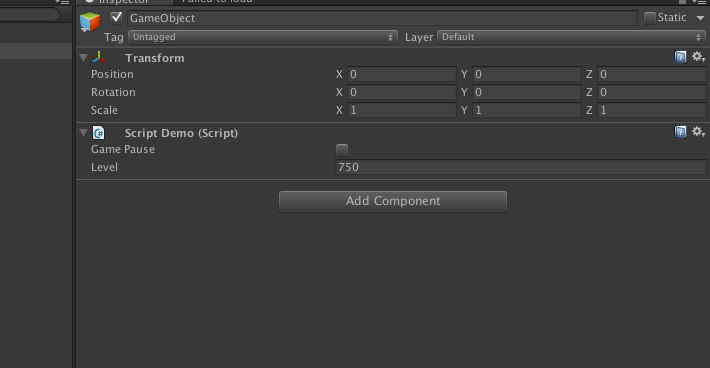


More precisely, the idea is to stack one or more Unity Scene assets in the hierarchy, and thus get a complete set piece that is the sum of each of these separate hierarchies.Īlright - to understand what we’re dealing with, let’s start with a basic example. So, today, let’s explore what multi-scene editing is exactly and why it is so interesting, with a special focus on how great it can be for collaborative teamwork.Īs the name implies, multi-scene editing is about using multiple scenes at the same time. In particular, Unity 5, which was published in 2015, brought a lot to the Unity community.Īmong which, of course, an amazing feature that revolutionised the workflow of many Unity game developers: the multi-scene editing. While some updates were about bug fixes, optimisation or discrete editor tooling, there’s also been a few notable releases that introduced game-changing features.

Like many other game engines, Unity is known for continuously expanding, and it has evolved drastically over the years.


 0 kommentar(er)
0 kommentar(er)
